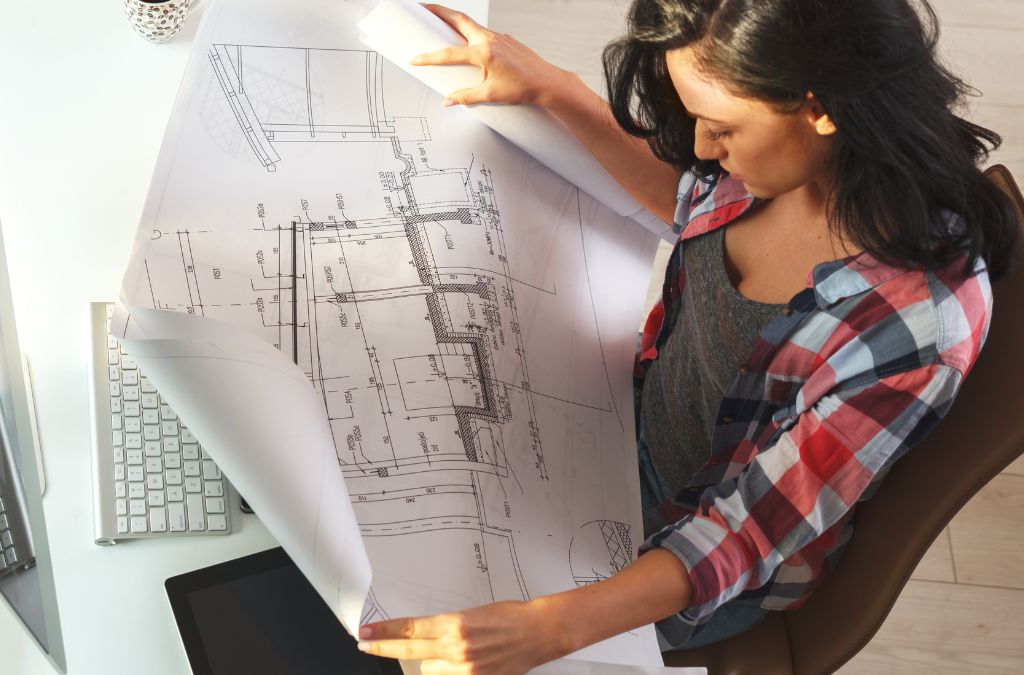
-
Table of Contents
Architect’s Vision: Crafting Innovative Spaces for the Future
Architecture has always been a reflection of society’s values, aspirations, and technological advancements. As we move further into the 21st century, architects are tasked with creating spaces that not only meet the functional needs of their inhabitants but also address environmental concerns, technological integration, and evolving social dynamics. This article explores how architects are shaping the future through innovative design and forward-thinking concepts.
Embracing Sustainability
One of the most significant trends in modern architecture is the emphasis on sustainability. With climate change and resource depletion becoming pressing issues, architects are increasingly focusing on creating eco-friendly buildings. These structures aim to minimize environmental impact through various strategies:
- Utilizing renewable energy sources such as solar and wind power
- Incorporating green roofs and walls to improve insulation and air quality
- Implementing rainwater harvesting systems
- Using sustainable materials like bamboo, recycled steel, and reclaimed wood
A notable example is the Bullitt Center in Seattle, often referred to as the greenest commercial building in the world. It features solar panels, a rainwater-to-potable water system, and composting toilets, setting a benchmark for sustainable design.
Integrating Smart Technology
The rise of smart technology is revolutionizing the way buildings are designed and operated. Smart buildings use interconnected systems to enhance efficiency, comfort, and security. Key features include:
- Automated lighting and climate control systems
- Advanced security systems with facial recognition and biometric access
- Energy management systems that optimize power usage
- IoT devices that provide real-time data on building performance
The Edge in Amsterdam is a prime example of a smart building. It uses a sophisticated network of sensors to monitor and adjust lighting, temperature, and energy usage, creating a highly efficient and comfortable environment for its occupants.
Fostering Community and Collaboration
Modern architecture is increasingly focused on creating spaces that foster community and collaboration. This shift is particularly evident in the design of office spaces, educational institutions, and public areas. Architects are designing environments that encourage interaction and creativity through:
- Open floor plans that facilitate communication
- Flexible workspaces that can be easily reconfigured
- Common areas that promote social interaction
- Incorporating natural elements to create a calming atmosphere
The Googleplex, Google’s headquarters in Mountain View, California, exemplifies this approach. Its open and flexible design encourages collaboration and innovation, with numerous communal spaces and amenities that support employee well-being.
Adapting to Urbanization
As urban populations continue to grow, architects are challenged with designing spaces that accommodate increasing density while maintaining quality of life. Strategies to address urbanization include:
- Vertical living solutions such as high-rise residential buildings
- Mixed-use developments that combine residential, commercial, and recreational spaces
- Public transportation-oriented designs to reduce reliance on cars
- Green spaces integrated into urban environments
The Bosco Verticale in Milan is a striking example of vertical living. These residential towers are covered in trees and plants, providing a green oasis in the heart of the city and improving air quality for residents.
Preserving Cultural Heritage
While innovation is key, preserving cultural heritage remains an important aspect of architectural design. Architects are finding ways to blend the old with the new, ensuring that historical significance is not lost in the pursuit of modernity. Techniques include:
- Restoring and repurposing historical buildings
- Incorporating traditional design elements into new constructions
- Using local materials and craftsmanship
- Creating spaces that reflect the cultural identity of the community
The Louvre Abu Dhabi is a prime example of this balance. Designed by Jean Nouvel, the museum combines contemporary architecture with traditional Arabic design elements, creating a space that honors both the past and the present.
Conclusion
Architects play a pivotal role in shaping the future of our built environment. By embracing sustainability, integrating smart technology, fostering community, adapting to urbanization, and preserving cultural heritage, they are crafting innovative spaces that meet the needs of today while anticipating the challenges of tomorrow. The examples and strategies discussed highlight the diverse approaches architects are taking to create a more sustainable, connected, and inclusive world.